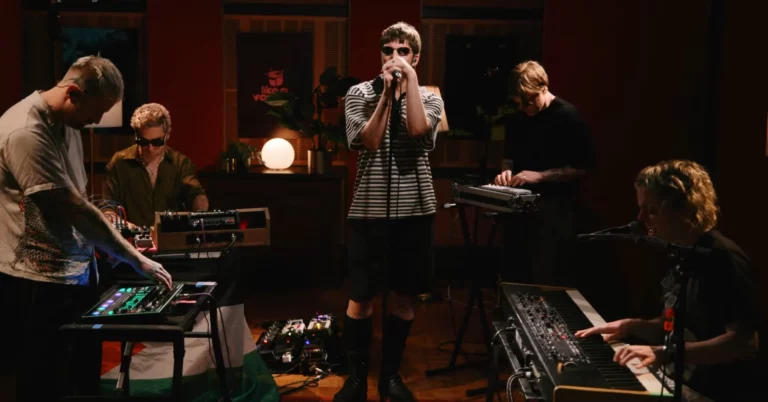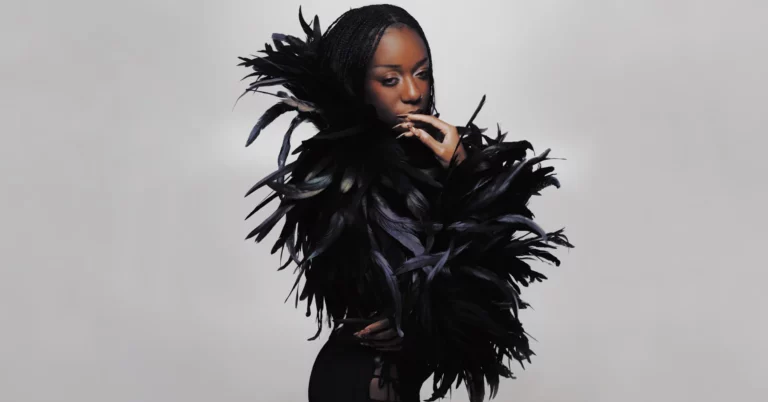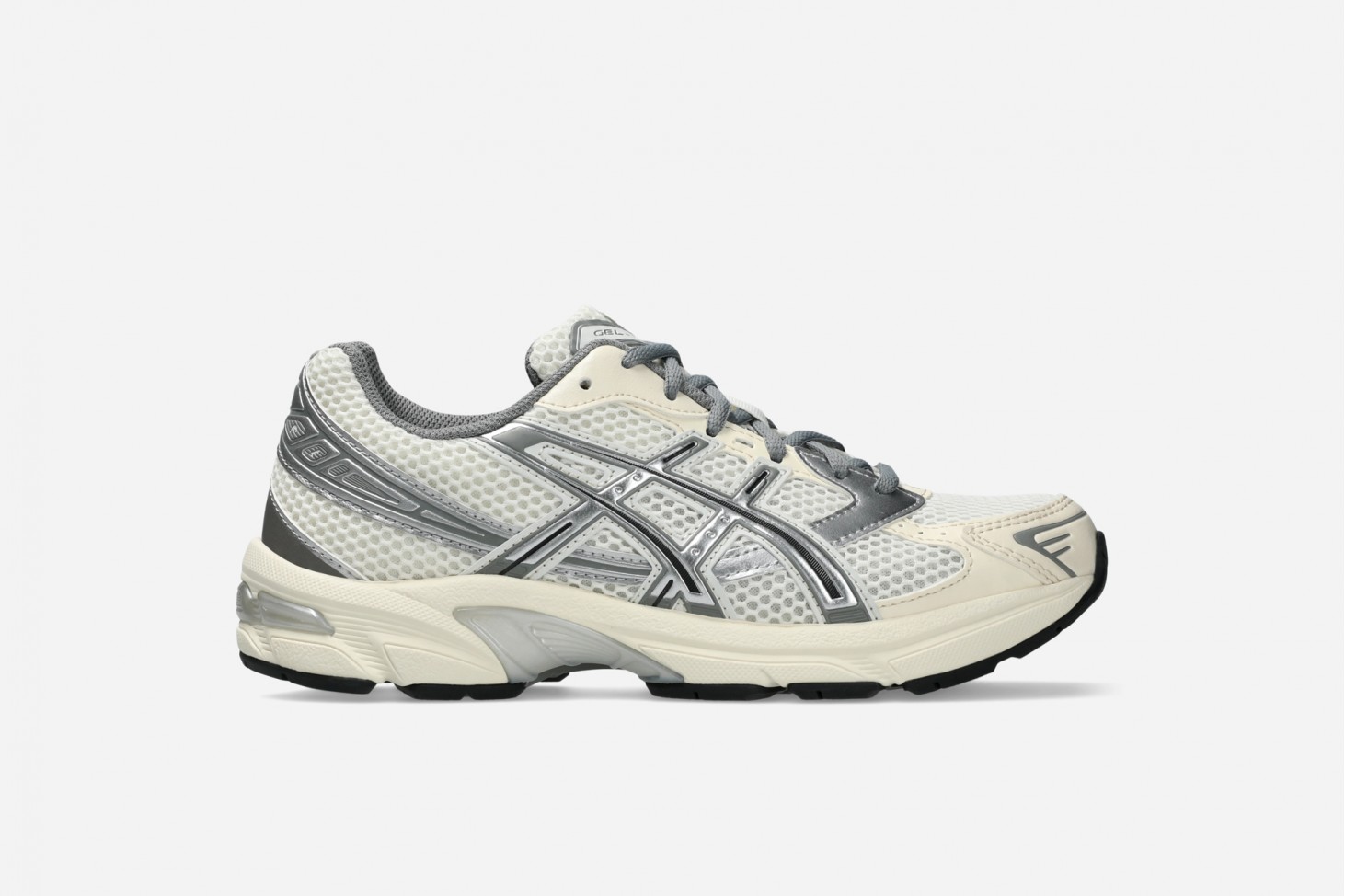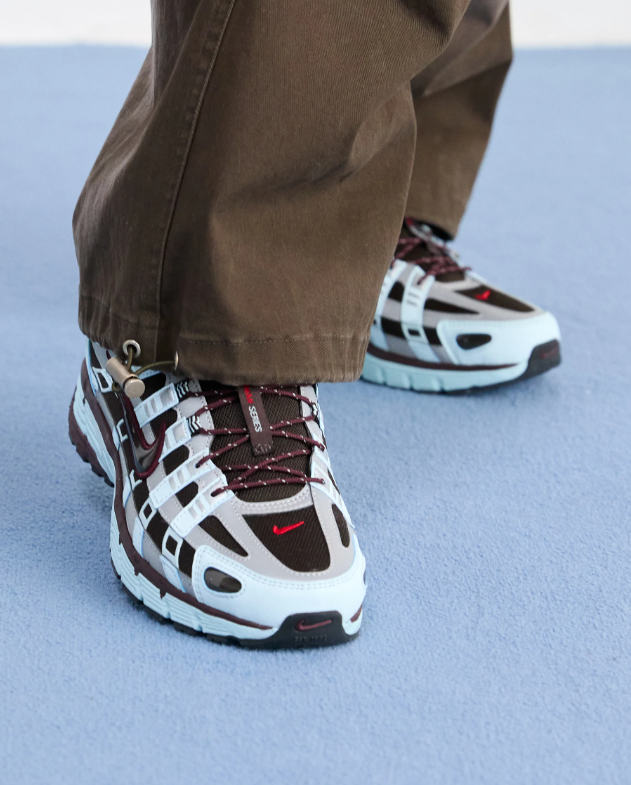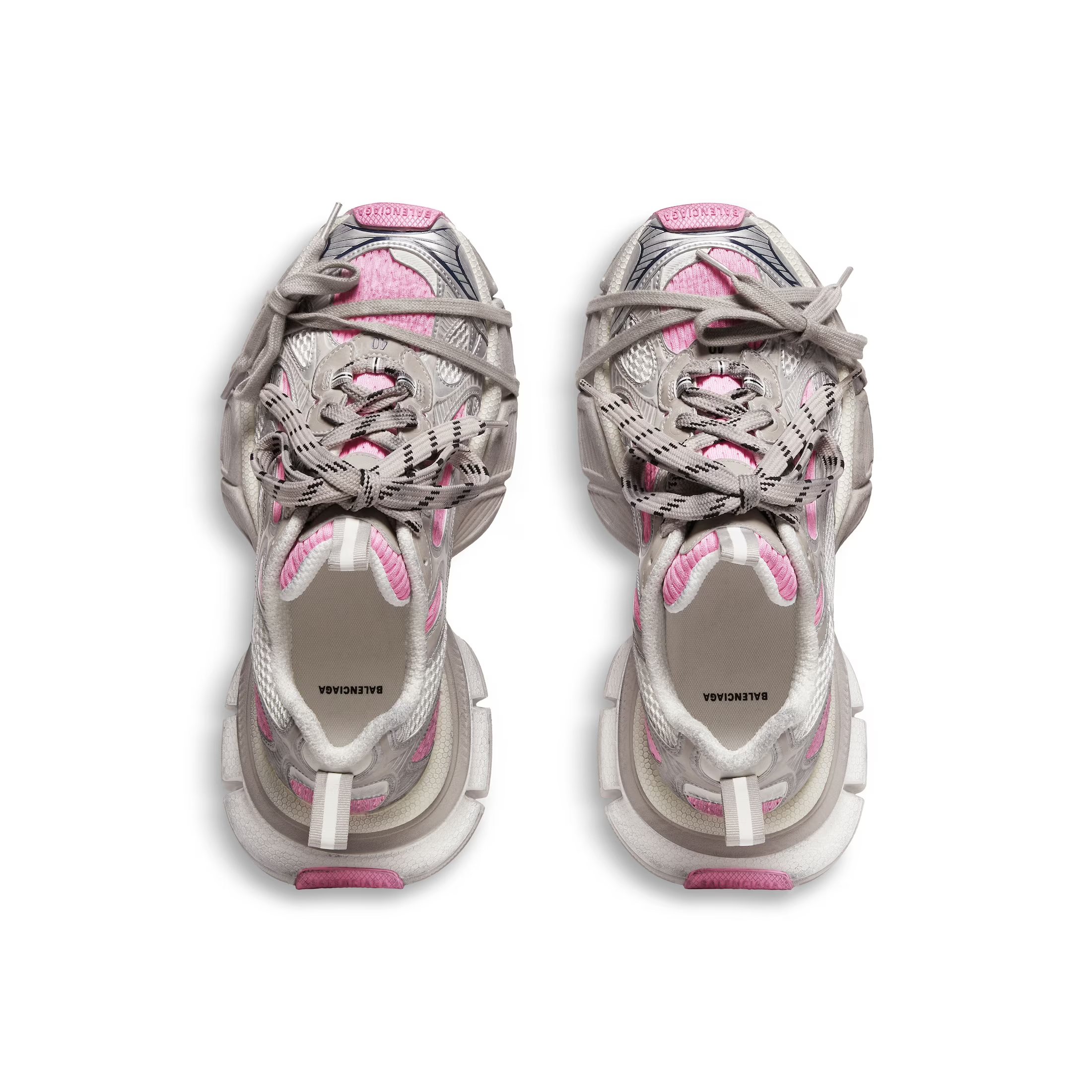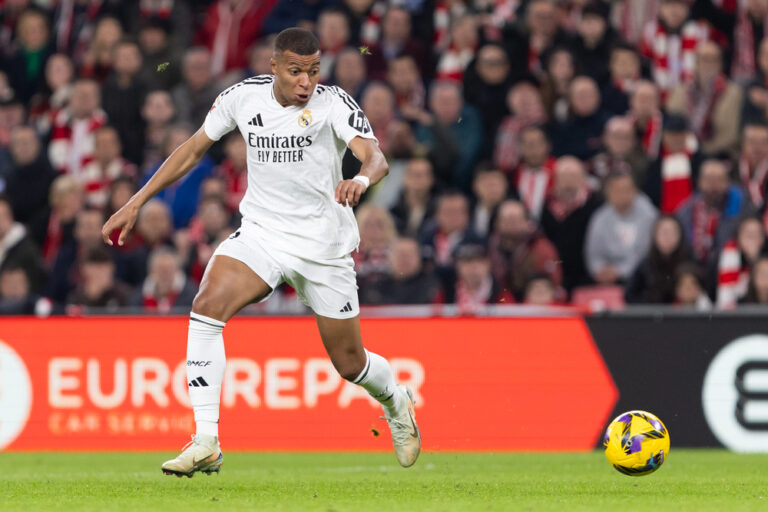Psychology is an evolving profession that allows people to change other people’s lives. If you are interested in counseling and people’s abilities to deal with their emotions, cognition, and behavior, then a career in counseling psychology can be the right fit for you. If you are just beginning to think about your career, this article will help you understand what this profession entails and how to go about it.
Counseling psychology has recently gained much attention. Counseling psychologists are now required in classical practice areas, such as individual and family counseling or hospitals, as well as schools, communities, and corporations. Organizations like My Solution Wellbeing show how vital this support can be, as counseling psychologists are in demand to assist people through their problems and improve their quality of life. This paper will discuss the basics of counseling psychology as a career, the skills required for the job, the highest level of education necessary, and the different opportunities for counseling psychologists in the field.
What is Counseling Psychology?
Counseling psychology is a fascinating branch of psychology that’s all about helping people navigate their emotional, mental, and behavioral challenges. Counseling psychology usually focuses on less pressing concerns like stress, anxiety, relationship troubles, and personal growth. The main aim of counseling psychologists is to offer support through therapeutic techniques that empower individuals to handle their difficulties.
Counseling psychologists work with people at all stages of life, from kids to adults, and in a range of environments, such as private practices, schools, hospitals, and rehab centers. They might also have specializations in areas like marriage and family therapy, substance abuse counseling, or grief support. No matter where they work, their core mission is consistent: to help individuals understand and manage their emotions, thoughts, and behaviors to lead healthier, more fulfilling lives.
Essential Skills for Counseling Psychologists
To be successful as a counseling psychologist, several important skills are required. First of all, communication skills are a must-have. Counseling psychologists need to be good listeners, ask proper questions, and convey their message effectively. Empathy and emotional intelligence are also important. Counseling psychologists need to be able to identify the feelings of their clients and respond to them accordingly.
Problem-solving and critical thinking are required in order to assess the client’s needs, develop a plan of action, and modify it according to the client’s needs. Cultural sensitivity is another helpful skill in the contemporary world; counseling psychologists practice with people of different cultures and backgrounds. Finally, the work of a counseling psychologist is based on the principles of professional ethics and confidentiality. Trust is essential in the therapeutic process. Those in the field must meet specific ethical standards to ensure the client’s privacy is well observed.
Educational Pathways in Counseling Psychology
A career in counseling psychology often kicks off with a solid educational background. Most counseling psychologists earn advanced degrees, like a master’s or doctorate in psychology. However, it all starts with a bachelor’s degree in psychology or a related field. During their undergraduate years, students get a taste of the fundamental concepts of psychology. They start diving into human behavior, cognition, and emotional processes.
Once they’ve earned their bachelor’s, those looking to become counseling psychologists typically move on to graduate studies. Master’s programs offer thorough training in therapeutic techniques and counseling methods, while doctoral programs (Ph.D. or Psy.D.) equip individuals for independent practice and advanced research. Beyond just classroom learning, clinical internships and supervised fieldwork play a vital role in graduate education, giving students the chance to gain hands-on experience in real-world environments.
Psychology Majors: The Role of a Bachelor’s Degree
Investing in Psychology majors is a great starting point for a career in counseling psychology. It offers a broad knowledge of the basic psychological theory concepts used in therapy. Abnormal, developmental, and research methods are some of the topics students are likely to cover, all of which are a good starting point for graduate-level study.
In counseling, a bachelor’s degree can also assist them in learning necessary skills like critical thinking, communication, and empathy. Moreover, many graduate programs in counseling psychology require applicants to have a good academic background in psychology. This way, students who have chosen psychology as their field of study can prepare themselves to apply for prestigious graduate programs.
Career Opportunities for Counseling Psychologists
Counseling psychologists can be employed in different places according to their interests and focus. Private practice is also well preferred because specialists can work on their own or in small teams. In private practice, counseling psychologists can provide psychotherapy, relationship counseling, or group psychotherapy. Furthermore, working in private practice means that one can be one’s boss and have the ability to set one’s own working hours and charges.
Counseling psychologists are also sought after in institutional contexts, including hospitals, schools, and colleges. Educational institutions, including schools and universities, need counseling psychologists to address students’ academic and personal challenges. Hospitals and rehabilitation centers also need counseling psychologists to assist patients with diseases, trauma, mental health problems, and other issues.
Teletherapy is a relatively new practice that has opened up new avenues for counseling psychologists to practice counseling via video calls and online therapy. This has led to technological advancement that allows counseling psychologists to offer mental health services to people in remote areas or those who prefer counseling from the comfort of their homes.
The Growing Demand for Counseling Psychologists
The need for mental health professionals, especially counseling psychologists, has been on the rise in recent years. This trend can be linked to a few key factors, such as a growing awareness of mental health issues and a decrease in the stigma associated with seeking therapy. As more individuals reach out for help with anxiety, depression, stress, and other mental health challenges, the demand for skilled counseling psychologists keeps growing.
Additionally, many underserved communities, like those in rural areas and low-income neighborhoods, encounter significant obstacles when trying to access mental health services. Counseling psychologists are essential in tackling these disparities supporting those who might not otherwise receive care. As the field continues to expand, the chances for counseling psychologists to make a real difference in mental health will only increase.
Challenges and Rewards in Counseling Psychology
Like any other profession, counseling psychology has its fair share of challenges. The emotional weight of working with clients who are grappling with serious psychological issues can take a toll. Counseling psychologists must learn how to manage their feelings and prevent burnout by keeping a healthy work-life balance.
On the flip side, the rewards of this profession are truly remarkable. Counseling psychologists get the chance to help people navigate their struggles, enhance their emotional health, and lead more fulfilling lives. Many in this field find immense personal satisfaction in knowing that their efforts make a difference in others’ lives. Plus, the profession offers a variety of career paths, competitive pay, and job stability, making it an attractive option for many.
Conclusion
Counseling psychology is a rewarding career in itself, as well as a growing profession. With the help of this paper, individuals can navigate through this field. This is because right from the basic level of education, one can begin to prepare for advanced studies and, in the future, contribute to this field. Since the need for mental health services will likely increase, the demand for counseling psychologists will also remain high. This means there will be many opportunities for those who want to work in this field and help others.

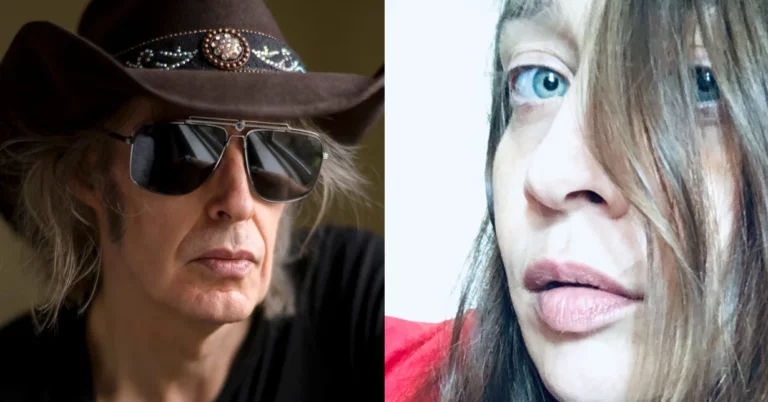
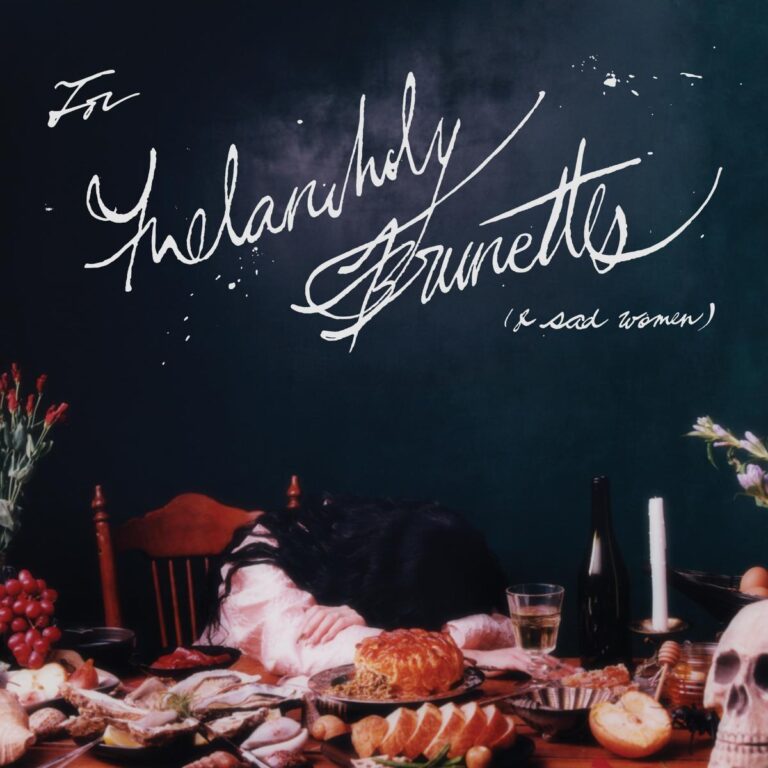
 For Melancholy Brunettes (& sad women)
For Melancholy Brunettes (& sad women)



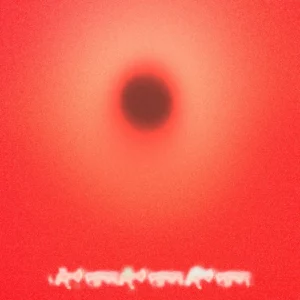 YHWH Nailgun (pronounced “Yahweh”) have come through with their debut LP,
YHWH Nailgun (pronounced “Yahweh”) have come through with their debut LP, 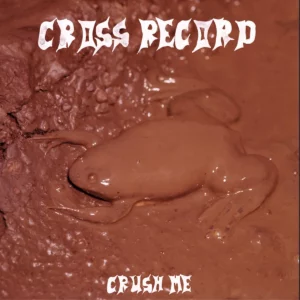 Emily Cross has returned with her first Cross Record album in six years. The wondrous, spell-binding, and occasionally ominous
Emily Cross has returned with her first Cross Record album in six years. The wondrous, spell-binding, and occasionally ominous 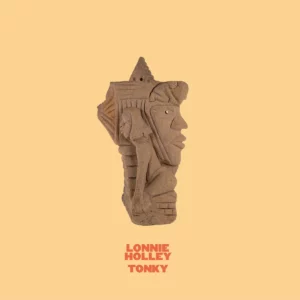 Lonnie Holley isn’t just remembering on Tonky, the follow-up to 2023’s Oh Me Oh My: he’s “chasing memories,” as the veteran artist intones on the opening track. Holley keeps an insistent pulse going throughout the LP, which was once again made with the assistance of Jacknife Lee and features contributions from Modest Mouse’s Isaac Brock, rapper billy woods, Mary Lattimore, Alabaster DePlume, Open Mike Eagle, Angel Bat Dawid, Saul Williams, Jesca Hoop, and more. It’s named after his childhood nickname, which was given to him when he spent part of his upbringing in a honky-tonk.
Lonnie Holley isn’t just remembering on Tonky, the follow-up to 2023’s Oh Me Oh My: he’s “chasing memories,” as the veteran artist intones on the opening track. Holley keeps an insistent pulse going throughout the LP, which was once again made with the assistance of Jacknife Lee and features contributions from Modest Mouse’s Isaac Brock, rapper billy woods, Mary Lattimore, Alabaster DePlume, Open Mike Eagle, Angel Bat Dawid, Saul Williams, Jesca Hoop, and more. It’s named after his childhood nickname, which was given to him when he spent part of his upbringing in a honky-tonk. The Chicago-based multi-instrumentalist, composer, and improviser Macie Stewart has made her
The Chicago-based multi-instrumentalist, composer, and improviser Macie Stewart has made her  Pictoria Vark (aka Victoria Park) has released her sophomore album,
Pictoria Vark (aka Victoria Park) has released her sophomore album, 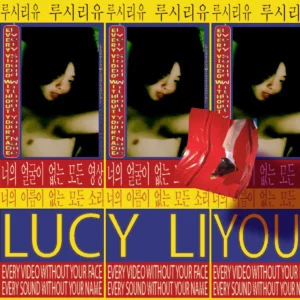 “Every Video Without Your Face, Every Sound Without Your Name is an album I wanted to make since college,” Lucy Liyou explained of her (significantly more song-based) new album, which only heightens its raw vulnerability. “I began most of these songs when I was 19 in my dorm room, but I struggled to finish them. I didn’t feel skilled enough as a songwriter and a producer. Finishing this music now, almost 6-7 years later, has been interesting. It is nice to know that there are ideas here that I can still stand by. But the differences in my emotional state, then and now, made this process more difficult than I expected.” She added, “It’s not a breakup album. It’s just me doing my best to document what I’m feeling at this time.”
“Every Video Without Your Face, Every Sound Without Your Name is an album I wanted to make since college,” Lucy Liyou explained of her (significantly more song-based) new album, which only heightens its raw vulnerability. “I began most of these songs when I was 19 in my dorm room, but I struggled to finish them. I didn’t feel skilled enough as a songwriter and a producer. Finishing this music now, almost 6-7 years later, has been interesting. It is nice to know that there are ideas here that I can still stand by. But the differences in my emotional state, then and now, made this process more difficult than I expected.” She added, “It’s not a breakup album. It’s just me doing my best to document what I’m feeling at this time.”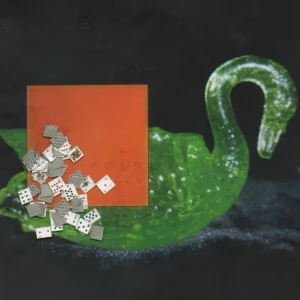 Los Angeles six-piece Dutch Interior – composed of lifelong friends Jack Nugent, Conner Reeves, Davis Stewart, Noah Kurtz, and brothers Shane Barton and Hayden Barton – have unveiled their
Los Angeles six-piece Dutch Interior – composed of lifelong friends Jack Nugent, Conner Reeves, Davis Stewart, Noah Kurtz, and brothers Shane Barton and Hayden Barton – have unveiled their 
